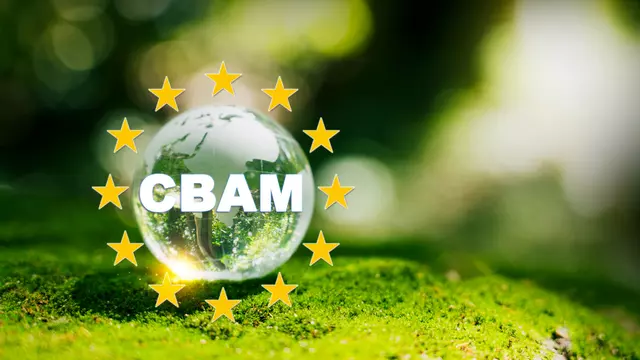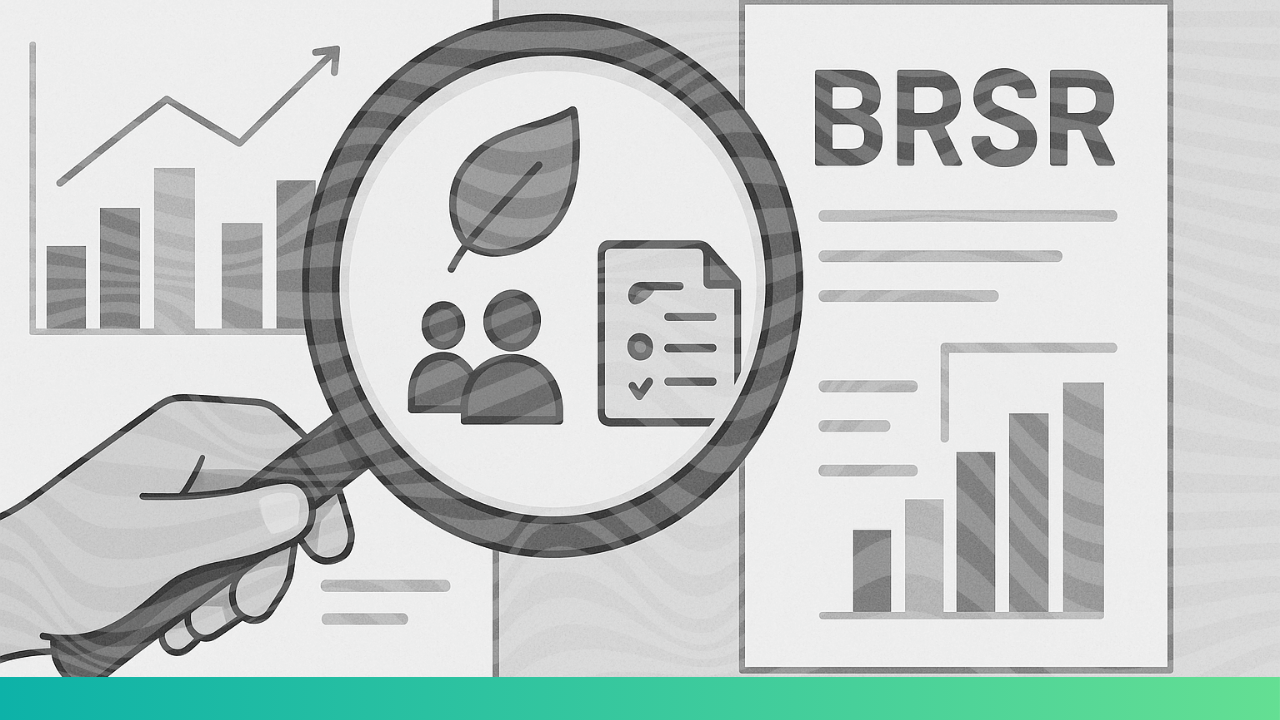Why Global Buyers Now Demand Supply Chain Emission Data

The landscape of international trade is undergoing a fundamental transformation. What was once a "nice-to-have" sustainability metric has rapidly become a business-critical requirement: comprehensive supply chain emissions data. From boardrooms in Brussels to manufacturing floors in Mumbai, organizations are scrambling to meet an unprecedented wave of regulatory mandates and buyer demands that are reshaping global commerce.
The Regulatory Revolution: EU's CBAM Leading the Charge
The European Union's Carbon Border Adjustment Mechanism (CBAM) represents perhaps the most significant trade policy shift since the establishment of the World Trade Organization. Implemented in phases starting October 2023, CBAM fundamentally alters how carbon-intensive goods enter European markets.
Under CBAM, importers of cement, iron and steel, aluminum, fertilizers, electricity, and hydrogen must purchase certificates corresponding to the carbon price that would have been paid if goods were produced under EU carbon pricing rules. This isn't merely an environmental policy,it's economic protection designed to prevent carbon leakage while incentivizing global decarbonization.
The mechanism creates immediate pressure on suppliers worldwide. Companies exporting to the EU must now provide detailed emissions data for their products, including both direct emissions from production and indirect emissions from electricity consumption. Those unable to demonstrate low-carbon production methods face significant cost disadvantages, potentially pricing them out of European markets entirely.
India's BRSR: Mandatory Sustainability Disclosure
Simultaneously, India has revolutionized corporate sustainability reporting through its Business Responsibility and Sustainability Reporting (BRSR) framework. Mandatory for the top 1,000 listed companies by market capitalization, BRSR requires comprehensive disclosure of environmental, social, and governance metrics,including detailed supply chain emissions data.
This regulation creates a cascading effect throughout Indian industry. Large corporations subject to BRSR must collect emissions data from their suppliers, who in turn must gather information
from their own supply chains. The result is an interconnected web of sustainability data requirements that extends far beyond the initially regulated entities.
Indian companies are discovering that BRSR compliance isn't just about regulatory adherence,it's about maintaining competitiveness in global markets where sustainability credentials increasingly determine business partnerships.
The Standardization of Supplier Screening

Beyond regulatory compliance, supply chain emissions screening is becoming standard business practice. Leading multinational corporations are integrating carbon footprint assessments into their vendor selection processes, recognizing that supply chain emissions often represent 70-90% of a company's total carbon footprint.
Technology giants like Microsoft and Apple now require detailed emissions reporting from suppliers as a condition of partnership. Consumer goods companies including Unilever and Nestlé have implemented comprehensive supplier sustainability scorecards that heavily weight carbon performance. Even financial institutions are incorporating supply chain emissions data into lending and investment decisions.
This shift reflects a broader understanding that scope 3 emissions,those generated throughout a company's value chain,are critical to achieving net-zero targets. Companies can no longer ignore their supply chain impact without risking their sustainability commitments and stakeholder trust.
Contractual Requirements: The New Normal
Perhaps most significantly, emissions disclosure requirements are being embedded directly into commercial contracts. Standard procurement agreements now routinely include clauses requiring suppliers to:
1. Provide annual emissions data using internationally recognized methodologies
2. Set science-based emission reduction targets
3. Submit to third-party carbon audits
4. Implement emissions tracking systems
5. Report progress against decarbonization goals
These contractual requirements create legally binding obligations that extend regulatory reach far beyond directly regulated entities. A small component supplier in Southeast Asia may find themselves subject to emissions reporting requirements simply because they serve a customer who exports to Europe or partners with a sustainability-focused multinational.
The legal enforceability of these requirements means non-compliance can result in contract termination, financial penalties, or exclusion from future business opportunities. This contractual embedding of emissions requirements is perhaps the most powerful driver of global supply chain decarbonization.
The Data Challenge and Opportunity
Meeting these demands presents both significant challenges and unprecedented opportunities. Many suppliers, particularly smaller enterprises in developing markets, lack the systems and expertise needed to accurately measure and report emissions data. This creates a digital divide that could exclude smaller suppliers from global value chains.
However, the demand for emissions data is also driving innovation in carbon accounting technologies. Digital platforms are emerging that automate emissions calculation, blockchain systems are providing verified carbon tracking, and AI tools are enabling more accurate scope 3 assessments. These technologies are making emissions measurement more accessible and affordable for suppliers of all sizes.
Competitive Advantage Through Transparency

Forward-thinking suppliers are recognizing that early investment in emissions measurement and reduction creates competitive advantage. Companies with robust carbon data and credible reduction plans are winning contracts, accessing new markets, and commanding premium pricing.
The circular economy principles that WOCE champions are particularly relevant here. Suppliers demonstrating circular practices,waste reduction, material efficiency, recycling integration,often show superior emissions profiles that translate directly into commercial advantage.
The Path Forward
The demand for supply chain emissions data represents more than regulatory compliance,it's a fundamental shift toward transparency-driven commerce. Organizations that treat this as merely a compliance exercise will find themselves at a competitive disadvantage against those who embrace it as an opportunity for innovation and differentiation.
Success in this new landscape requires three key elements: robust measurement systems, credible reduction strategies, and transparent communication. The circular economy community is uniquely positioned to lead this transformation, leveraging existing expertise in systems thinking and sustainable business models.
The question is no longer whether your organization will need to provide supply chain emissions data, but how quickly you can build the capabilities to do so effectively. In the new global economy, transparency isn't just good practice,it's the price of participation.
Platforms like WOCE’s esgpro.ai are enabling suppliers to digitize emissions reporting, configure custom emission factors, and align seamlessly with CBAM and BRSR requirements




